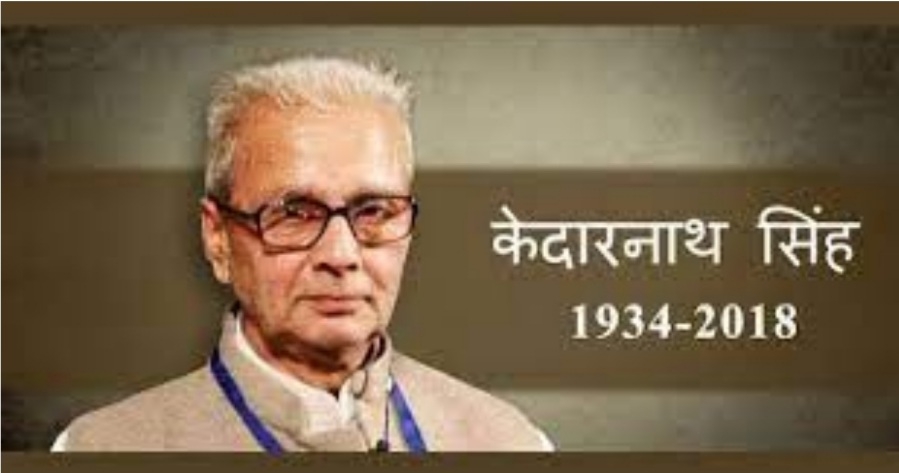FOUR CENTURIES AGO
FOUR CENTURIES AGO
Four Centuries Ago(1961) is a documentary written and directed by Shanti
Varma.This film reminds us of our rich heritage of Mughal Architecture which flourished in
the hands of our valorous and proficient emperors.By taking us back to four centuries (at the
time of filming.i.e,in 20
th century)this film jogs our memory of the indelible accomplishments
by three of our distinguished Mughal rulers -Akbar,Jahangir and Shah Jahan .Our rich
heritage and Culture never failed to allure Foreigners into praising our great
architecture.These antique structures blaze with glory till date.The impeccable frameworks
of the buildings which reflect the philosophies of their Patrons and the grandeur of their
empires have added to the uniqueness of Indian art and made India stand out as an
exquisite one.
The brilliance of the emperors along with the dexterous workmanship of their
craftsmen resulted in the Gigantic awe-inspiring structures of artistry in India. Glorious Mughal Empire which was founded by Babur, held most part of
Northern India in its grip from early 16
th
to Mid 18
th Century.These Muslim ‘ Samrats’ paved
way for the unification of Indians by inculcating amity between Hindus and Muslims.The
greatest of Mughal Emperors was Akbar(1556-1605)who proclaimed the glory of the Mughal
Empire throughout India.His reign strengthened his empire by winning over his non muslim
subjects.He was an emperor of progressive thought who allowed the people of other
religions to have religious discussions in his court .He propounded a new Faith which was
novel during that period called Din-i-llahi.His Marriage with a Rajput Hindu Princess Jodha
Bai reiterates his religious tolerance.He was a great patron of Art and Literature which made
his court the epicenter of magnificent culture and his empire a symbol of Indian
Heritage.His son and successor Jahangir finished most of Akbar’s partially constructed
Monuments.Wondering who this Jahangir was?He was our very own eternal lover Salim in the
celebrated story of Salim -Anarkali. The reign of Jahangir’s son Shajahan , “The Prince of
Builders” is indubitably the Golden Age of Indian Architecture.His zeal and flair for building
and construction were peerless.The structures and grandeur of his buildings are unrivalled!
The capital of Mughal Empire during Akbar’s reign was his own creaton- The
City of Victory popularly known as Fatehpur Sikri which was built at Agra in 16
th Century.This
city is an Architectural framework of Temples and Monuments which enthral us with its
unique architectural brilliance.This spectacular city encompasses gigantic buildings for
Mughal Administration,Residence and Worship.After shifting their capital to Lahore the
Mughals only payed occasional visits to Fatehpur Sikri.The fortification of this city was also
admirable.It is secured by nine gates ,various towers and a wall of 6 km surrounding three
sides of the city.Many edifices both of secular and religious nature display the versatile IndoIslamic
artistry.The centre of the city boasts of the administrative block,the imperial palaces
and one of the biggest mosques in India-The Juma Masjid.The entrance to this mosque is
The World’s Highest Gateway-Buland Darwaza (Door of Victory).The buildings were made up
of Red Sandstone. The greatest Mausoleum by Jahangir is a monument for his father-in-law and
Prime Minister Itmad-ud-daulah and called The Tomb of Itmad-ud-daulah.
It was built on the
request of his favourite wife Noor Jahan who strongly insisted that the memorial of her
father should be beyond comparison….Yes!The monument was second to none till the
Sovereign builder Shah Jahan took stage.The intricate and sophisticated tapestry made up of
White Marble and Coloured stone is the Primogenitor to the “Crown of Palaces”-The TajMahal.
Shah Jahan surpassed both his Father and Grand Father in Magnificence and
Variety.His Palace holds testimony to this statement.His exceptional versatility and his love
for Mumtaz Mahal culminated in one of the seven wonders of the world-The Taj Mahal.The
Moti Masjid i.e,The Pearl Mosque is also an example for Shah Jahan’s exquisite artistry.He
along with his subjects went there every Friday to hold Prayers.Shah Jahan’s skill is ineffable
but the Nobel Prize winning Prolific poet Rabindranath Tagore penned a few verses on Shah Jahan’s masterpiece “You know Shah Jahan,life and youth,wealth and glory,they all drift
away in the current of time.You strove therefore,to perpetuate only the sorrow of your
heart?Let the splendor of diamond,pearl and ruby vanish?Only let this one teardrop,this Taj
Mahal,glisten spotlessly bright on the cheek of time,forever and ever.” The establishing shot was an obscure yet delightful panoramic view of the
entire city of Fatehpur Sikri.
The director employed a tilt shot along the staircase to take us
into the city.Then the door opens to reveal the fathomless breathtaking city.Later the frame
is zoomed out to show the beautiful location in its entirety.The whole scene is beautifully
pictured.This is how the entire cinematography is patterned.Though historical significance is
predominant in this movie the filming technique was so dexterously employed that the
aesthetics of both-the film making and city making are retained .The movie also employs
shadows to portray the melancholic conditions of the city which is now deserted. ‘zoom’ technique was mostly employed to show the minutely carved images and pictures on the
pillars and walls.The dooms,corridors,pillars,towers etc literally transport us to Agra.The film
mostly employed Panshots to give us the entire view of the tapestry of the location. The Mughal Architecture heralded a new tradition in Indian Architecture.The
amalgam of various styles viz..Persian,Islamic,Indian and Buddhist Hindu tradition
exuberated in the Construction.They were devoid of any bias.The Mughal Architectural
Genius is the best example for The Universal Brotherhood of Man.Watching these sort of
movies once in a while brims our hearts with Pride !
-Santhwana Thomas







Comments
Post a Comment